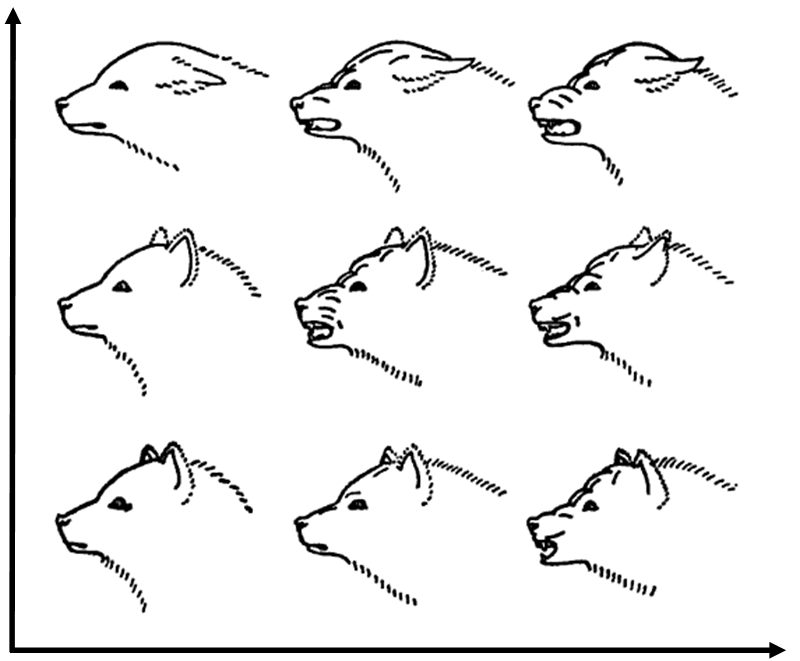 |
| - I´m a rich White guy with an oil rig, what could possibly go wrong?! |
“The Hall of Homeless Gods” is John Michael Greer´s latest novel,
published earlier this year. In one sense, it´s a departure from Greer´s usual
output. The novel is supposed to be a hardboiled detective story, most of it
set in a lawless town literally on the edge of apocalypse (as in rapidly rising
sea levels). It also has more typical science fiction/cyberpunk angles – but they
are atypical for this author. Equally atypical is the pessimistic streak.
Greer´s novels are usually strangely optimistic even as they describe a post-apocalyptic
future! I couldn´t help thinking that the story comes across as “Bladerunner
without the Bladerunner”, or something to that effect. But in other ways, it´s
a rather standard John Michael Greer oeuvre. Many of the characters are
outsiders, some are affiliated with strange pagan religions, and the plot is
set in a world marked by climate change, peak oil, radioactive fallout and
other human-made disasters. I´m pretty sure two of the characters are based on the
author himself (Fritz and Huddon). There are other similarities to the author´s
own biography, too, none mentioned here.
The social and political commentary is surprisingly up-to-date, suggesting
that the manuscript must have been finished just prior to publishing. One theme
is AI and the bizarre hype around it. In the story, a team of scientists do succeed
in creating an advanced AI…after a fashion. The glorious cyberpunk future turns
out to be a great power contest to mine a supercomputer for spare parts, while
the computer itself is connected to a quasi-artificial humanoid very good at basic
accounting and poker…but little else! Clearly not the future we ordered or feared.
Military drones are part of the plot too (they are more effective than the
apocalyptic computer). “Year One” and “Planetary Unity” are a parody of the Woke
left, with some traits of hippies and Hare Krishna thrown in for good measure.
The idea of Wokies turning into a crazed cult doesn´t seem very farfetched,
tbh. Then there are the Habitats, enormous floating cities off the North
American East Coast. I´m not sure if they are based on some far flung idea by
Elon Musk or Peter Thiel, but it wouldn´t surprise me. There is even an “Event” in the novel. Somewhat
surprisingly, it´s entirely natural: a disastrous volcanic eruption (based on a
real one that actually happened 7000 years ago) which obliterates Japan and leads
to famines and pandemics in the rest of the world (although Greer actually
mentions this possibility in his non-fiction book “Atlantis: Ancient Legacy,
Hidden Prophecy”).
What surprised me was the pessimism in the novel. To repeat myself somewhat,
Greer has an ability to sound optimistic even in novels about a Dark Age future
(“Star´s Reach”) or an attack by The Eldritch (“The Weird of Hali” series). “The
Hall of Homeless Gods” sings a different tune. The universe at large is just as
cold and indifferent as in bleak atheist visions. Even the gods themselves are
affected. The Japanese mother of the detective forms a new religion dedicated
to spiritually feeding those kami that became homeless when Japan was destroyed
by the volcano. The character Huddon is positive towards Gnosticism and says
that we are all homeless gods who forgot our true origins in the heavenly
realms. The material world is depicted as ruled by brute chance, rather than by
meaningful karma or destiny (Greer´s position in his non-fiction spiritual books).
But sure, maybe this kind of “school of hard knocks” rhetoric is part and
parcel of a hardboiled crime story…
With those reflections, I end this review. And the murderer is…nah, not
the gardener this time!
.jpg/435px-Le_Songe_de_Tartini_par_Louis-L%C3%A9opold_Boilly_1824_(color).jpg)



